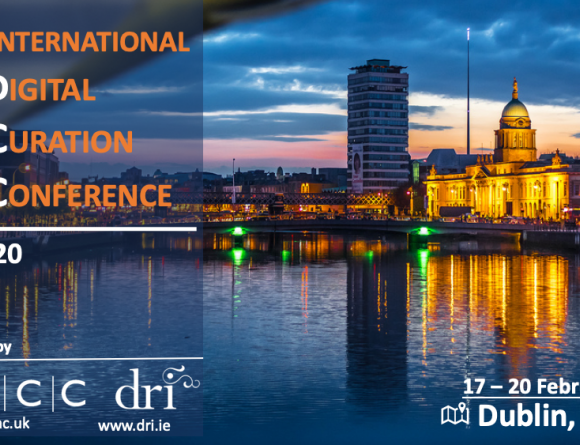Some technologies have become so engrained into the education sector, that it would almost be impossible to complete even a simple task without one, says Matt Hull, Application Support Manager at CoSector – University of London.
For universities, Virtual Learning Environments (VLEs) are established within the infrastructure of every university building and used by every student, and as a result, they are not going anywhere.
Continual developments, upgrades and the expansion of the technology means that students have come to expect a first class VLE when they begin university, it’s part of the culture of UK higher education, and as important to students as things like coffee and Wi-Fi.
VLEs were once seen as too complex and ‘techy’ for students and teachers to use themselves. They were almost viewed as a storage facility for large files, much like Dropbox. Needless to say, this is no longer the case as they are now used for everything, from submitting work, viewing notes and slides, to hosting online courses.
We have seen in the last couple of years that more and more universities are spending money on updating and replacing old legacy systems, with up-to-date cloud-based student record systems, lecture streaming and capture systems, in a bid to simplify and improve the experience users have with the VLE.
VLEs are now built to streamline processes internally. The VLE sits in the middle of many supplementary systems. Students have come to expect access to all of the major applications from the VLE via integrations and we are now seeing more of our customers looking at moving away from single sign-on methods to applications, such as Office 365, being hosted directly on the platform. This can greatly simplify a workflow that users are already comfortable with when logging into systems at the university.
VLE provider Moodle releases an upgrade every six months – much like we have come to expect from our social media platforms – and so students need to be informed and guided through these upgrades.
“We will definitely see significant change in VLEs over the next few years with new features being added to improve the user experience.”
This is because user experience is the most important factor. Cost and uptime, whilst important, are no longer the priority. It’s thinking about the best possible learner journey that they can provide to users, by bringing the important information, such as deadlines and course progression, and the first screen a user sees once they are logged in.
This will ensure users stay much more engaged with the tool and it will allow them to work through their modules without having to suffer with complications from their VLE.
Although they all roughly serve the same purpose, every university requires a slightly different fit of VLE, so flexibility is vital in order for the platform to succeed.
I think we will definitely see significant change in VLEs over the next few years with new features being added to improve the user experience and also where universities harness new technologies that will be integrated directly with the VLE.
For example, VR and AI are becoming other great edtech tools in the classroom to enhance teaching and learning, with VR someday providing real-life experience of a working environment instantly, without even leaving the classroom. I suspect it will be a VLE platform that could enable this.
In the here and now, VLEs are already expanding. As a staple of the classroom, universities are now more comfortable with adding and updating integrations with systems that provide a solution with the VLE than ever before, and students are asking for those upgrades; they want, and expect, to see the cutting-edge results.
This can only be a positive thing, as it will, in turn, provide the first-class VLE that all universities are striving for, and provide a superb user experience for students for years to come.


